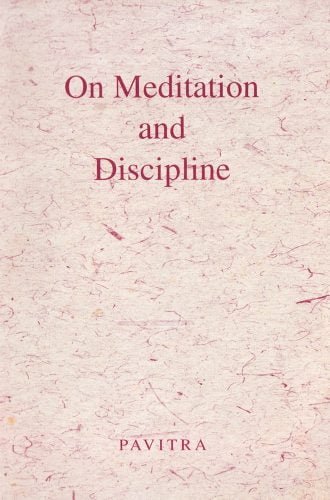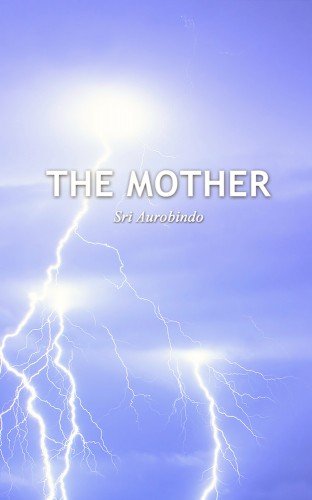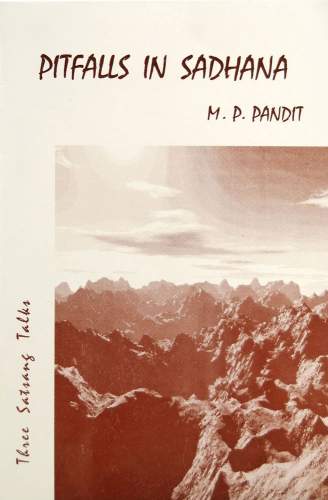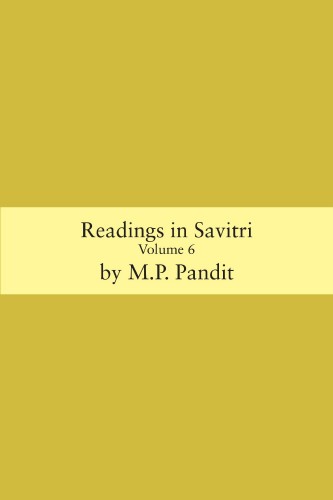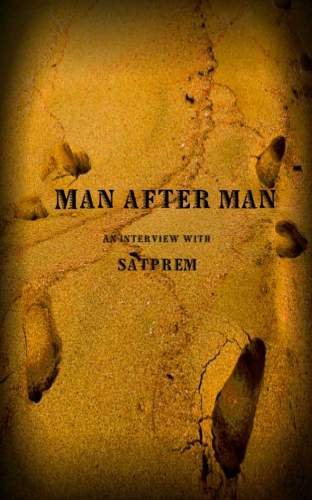The Yoga and its Objects
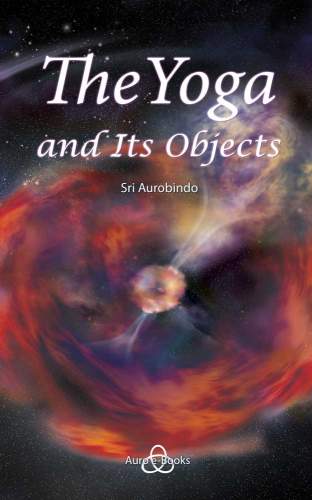
The Yoga and its Objects
This is a very early essay written by Sri Aurobindo no later than 1912 and it was first published as a booklet in 1921 under the title “The Yoga and Its Object”. In a letter written in 1934, Sri Aurobindo wrote: “But the book represents an early stage of Sri Aurobindo’s sadhana and only a part of it is applicable to the Yoga as it has at present taken form after a lapse of more than twenty years.” However, this should not be construed to mean that the information in this book is useless or somehow outdated. In the very same letter, apparently in reference to Lights on Yoga first published in 1935, Sri Aurobindo went on to say: “A book giving some hints about the Yoga compiled from letters to the sadhaks is about to be published, but it cannot be said to be complete. There is no complete book on the subject; for even The Synthesis of Yoga, published in the Arya but not yet republished in book form, gives only the theory of different components of the Yoga (Knowledge, Works, Devotion) and remains besides unfinished; it does not cover the more recent developments of the Yoga.” Clearly, these comments come from an ever evolving yoga; a yoga which, with Sri Aurobindo, began with a major step forward and moved beyond the stalled, stale practices of the nineteenth century. Perhaps the greatest difficulty of this short essay is the plethora of Sanskrit terms and that has been largely ameliorated with the inclusion of a glossary.

